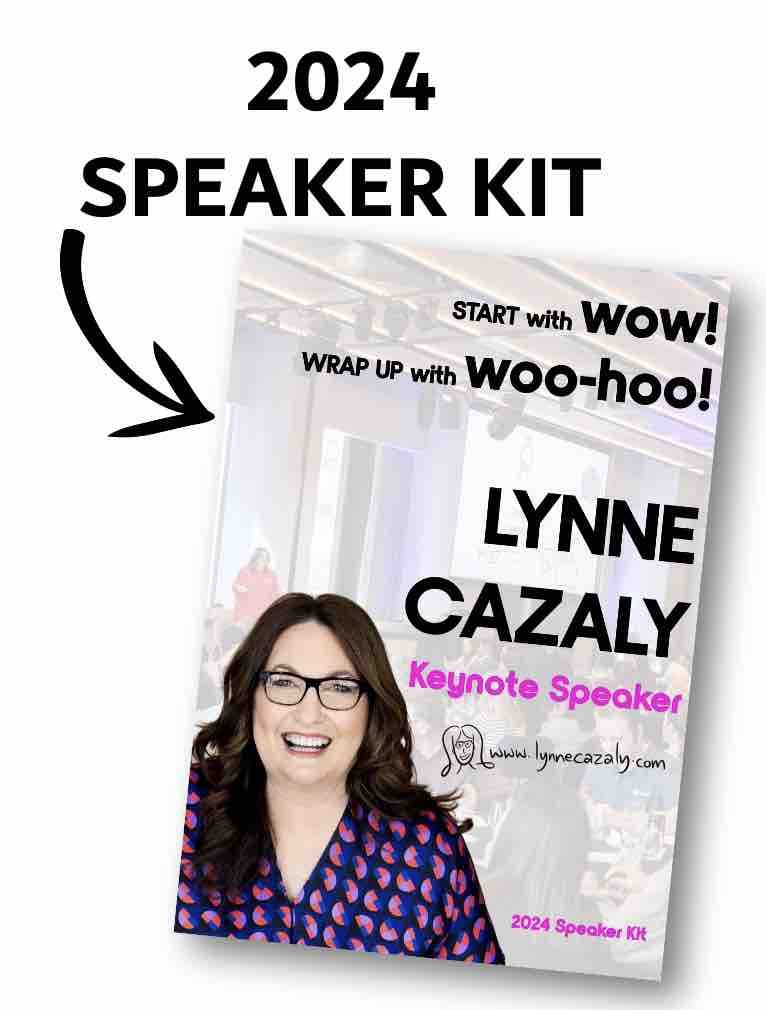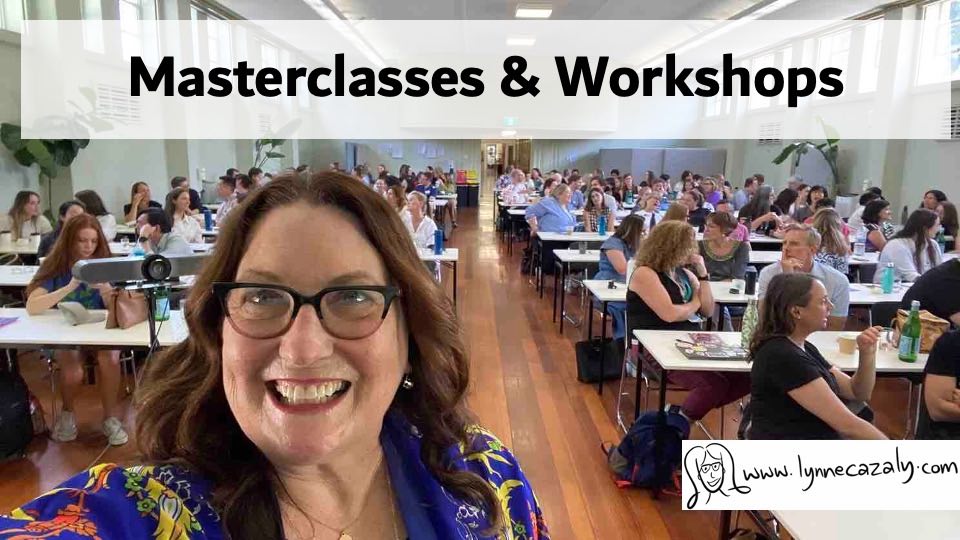Project Introverts - how to get out of that meeting ASAP!
 Tuesday, February 12, 2013 at 1:13PM
Tuesday, February 12, 2013 at 1:13PM Diversity in backgrounds, cultures, languages, thinking, styles and communication - they come together every time we communicate, engage and connect with people we work with.
If you're an introvert, you'll want to get your message across quickly, understand your colleagues quickly and then get outta that meeting or conversation ASAP. You may want to get back to the good stuff you were working on earlier - alone!
I've seen in several project teams recently how so many delays, derails and slow-downs come from simple misunderstandings.
"I thought you meant ..... when really you meant ....." or "You're talking about the big picture; I'm talking about this specific thing..." and it all drags on and on and on.
Being able to capture, draw out and understand what someone else is saying, and then convey your ideas and thinking is critical. To do it rapidly is the game here. The faster you can understand others and get your point across, the happier we'll all be. Unless you just want to sit 'n talk...
To speed up the process, get it sorted, get to understanding quicker and then get on with the other good stuff you're working on, you need two key skillsets...
1. facilitation skills (how to handle the stuff that happens when groups meet) and
2. visual agility (not arty drawing, but rapid sketching and visualisation).
When culturally, linguistically and geographically diverse teams 'get this', they step way up into higher levels of performance and move on (quickly) from misunderstandings and cultural hurdles.
Project teams have the opportunity to build this awesome skillset at a one day workshop I'm running in Melbourne on March 4, Visual Facilitation for Projects. Details here, early bird until February 19.















